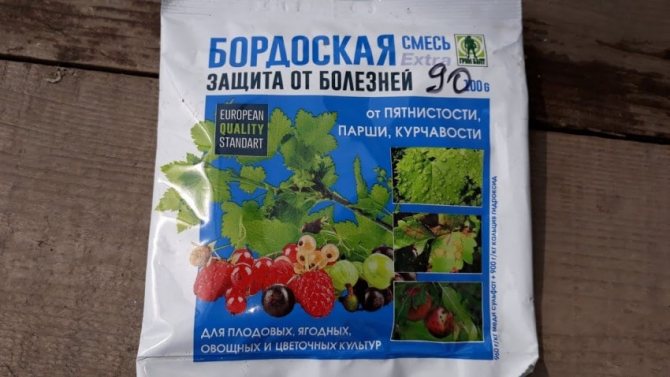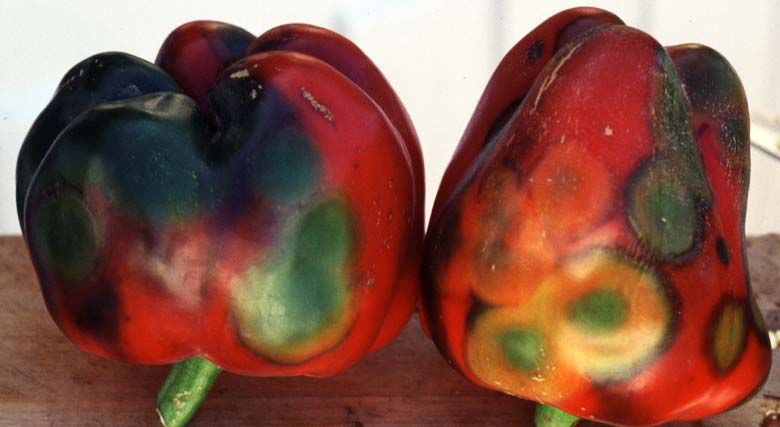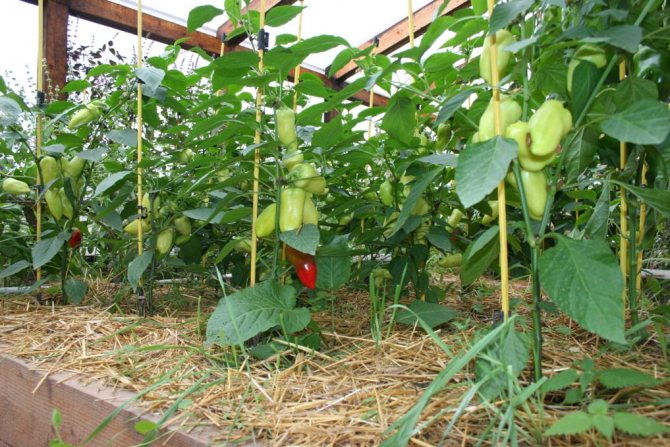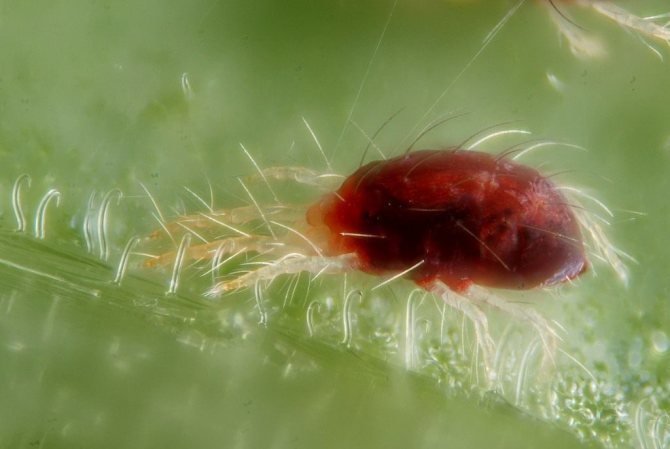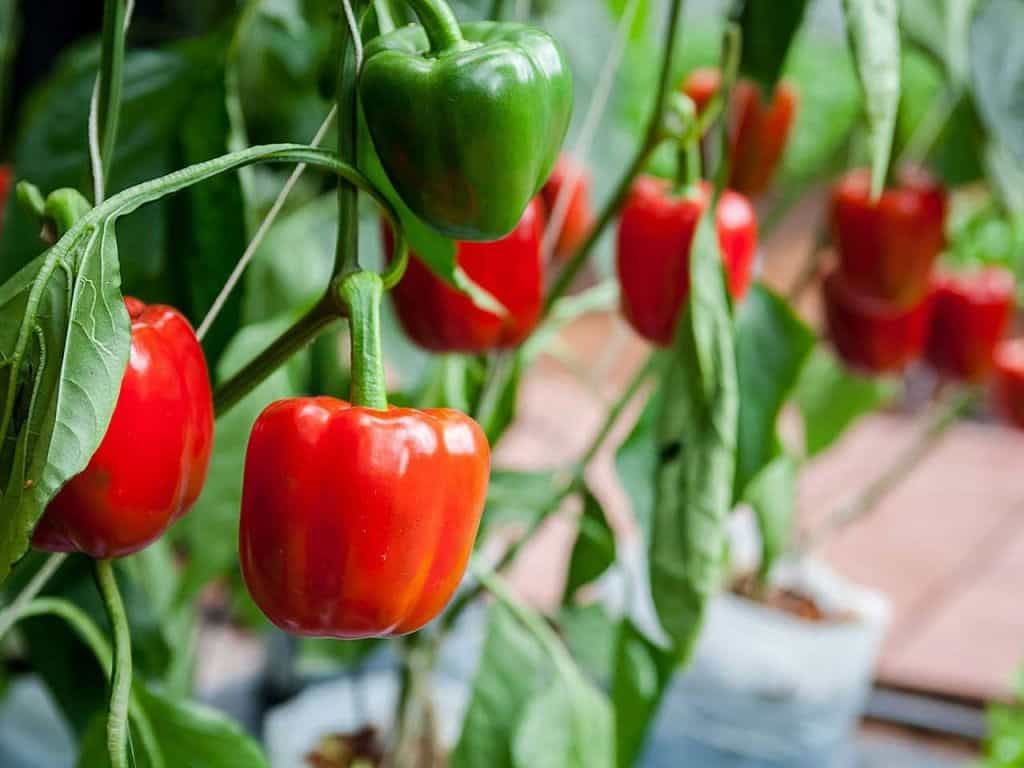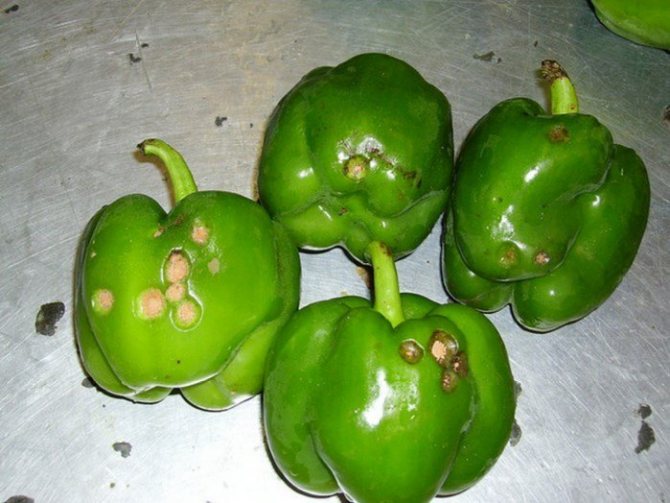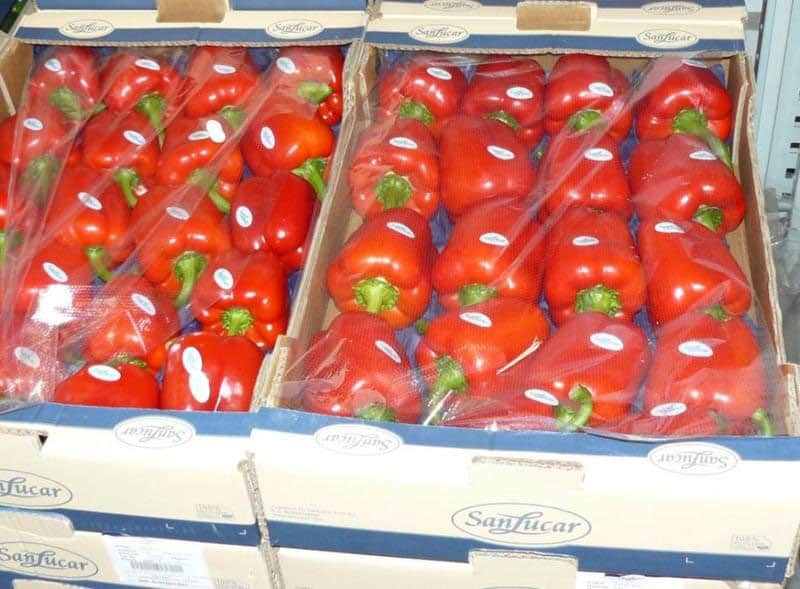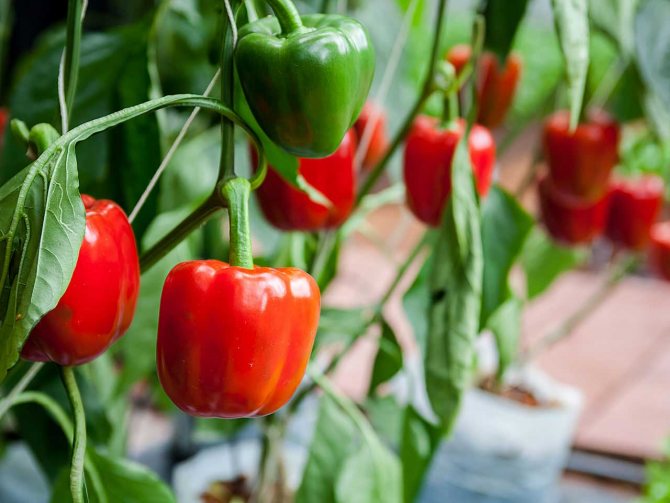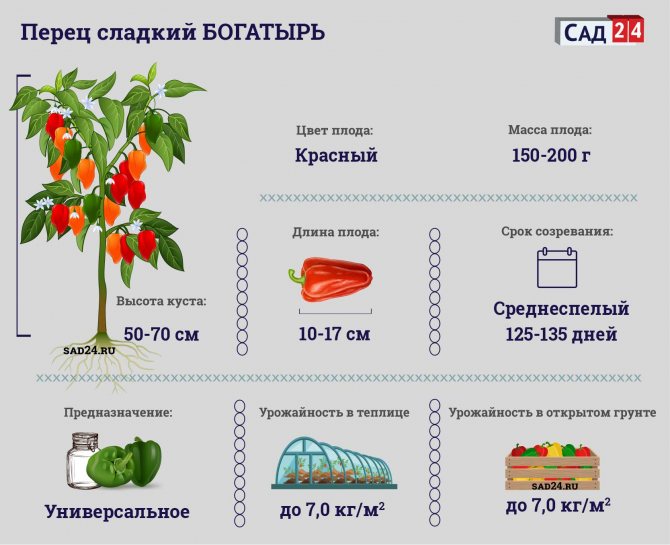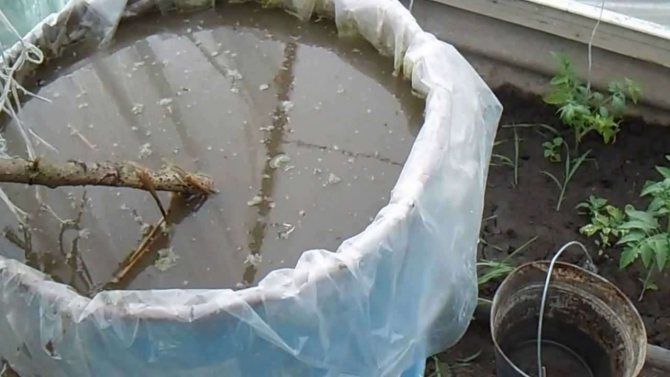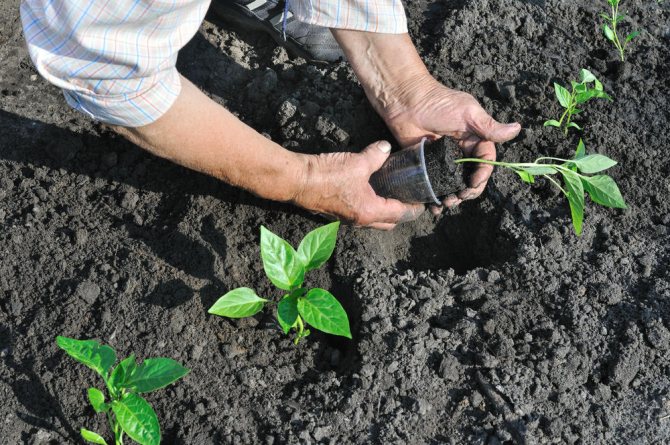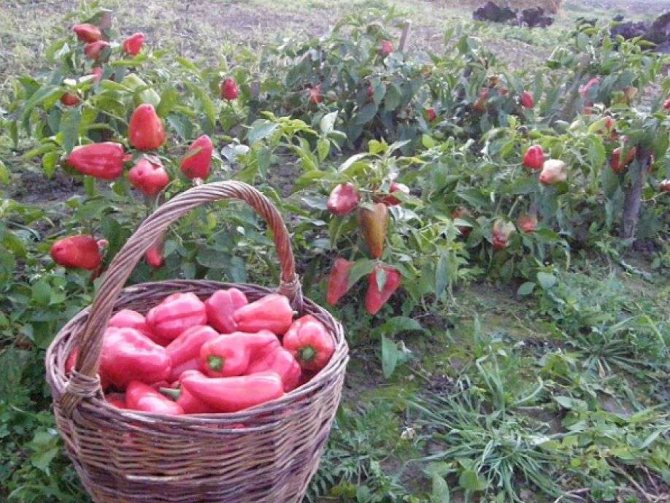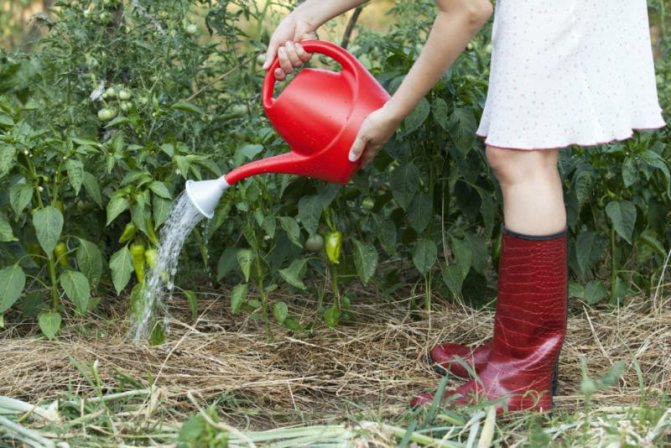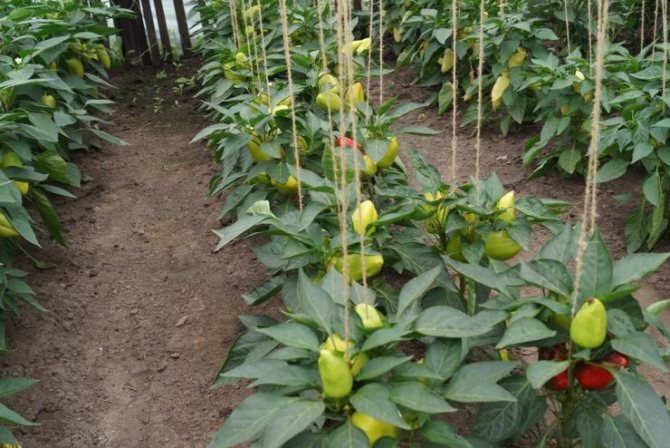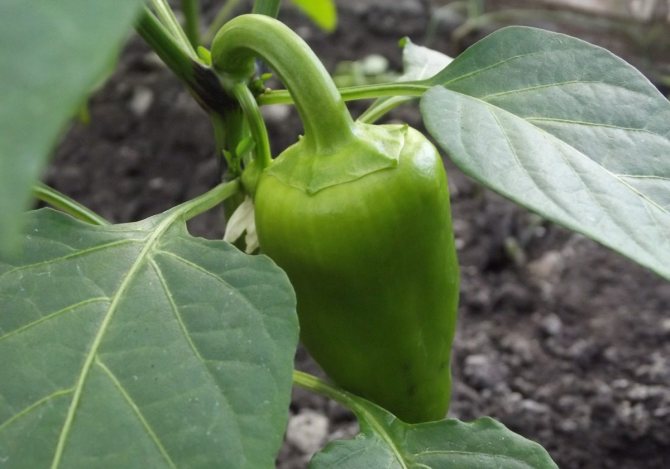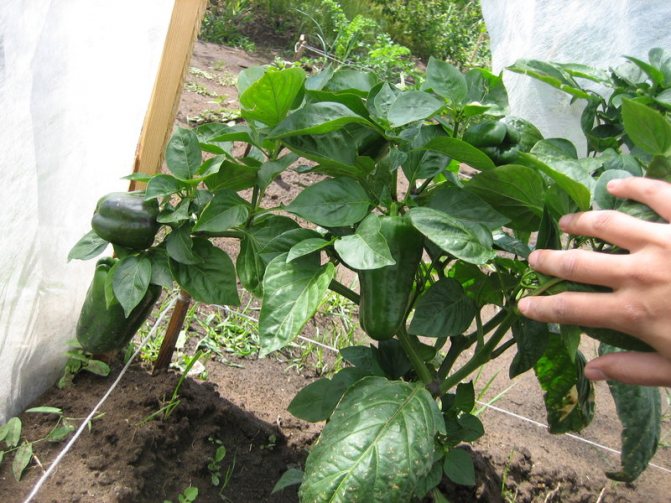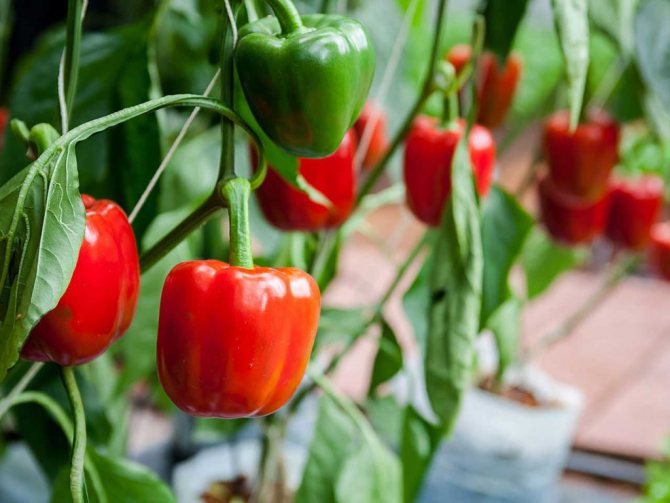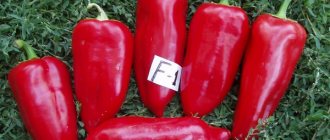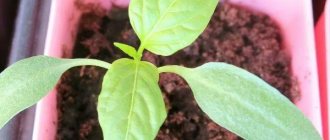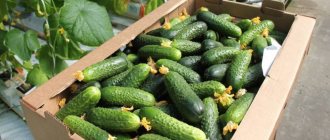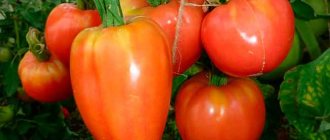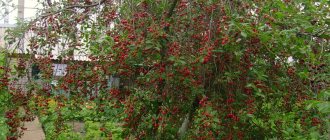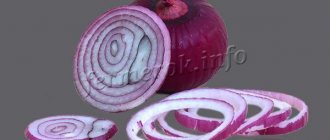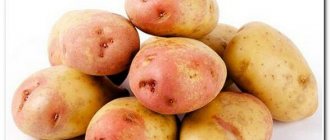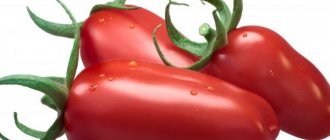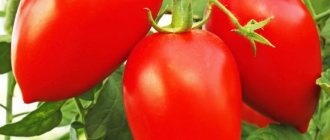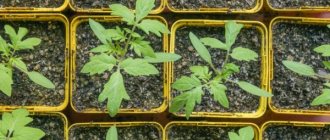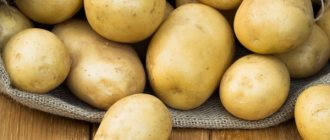Pepper Bogatyr reviews, photos, yield, characteristics and description of the variety which are presented in this article, fell in love with many gardeners, as it is unpretentious in care and gives a rich harvest.
Many manufacturers produce the Bogatyr pepper variety, but their data on the appearance of the fruit differ. states that the peppers are cone-shaped and weigh approximately 80-130 grams. "Siberian Varietal Seeds" claim that the peppers are cubic. And agro and Poisk produce seeds of the Bogatyr variety with a cone-shaped fruit, which weigh up to 200 g. Therefore, when buying seeds, carefully read the information from the manufacturer in order to know what fruits will grow in your garden.
Description and characteristics of the variety
Pepper variety Bogatyr was entered in the register of agricultural crops of the Russian Federation in 1996.
- The variety was created by the "Agrofirma Poisk" company from the Moscow region for cultivation. They clearly identified the areas of its cultivation: in the Lower Volga and North Caucasian regions.
- Suitable for greenhouse and outdoor cultivation.
- The variety is mid-season. The first ripe fruits can be harvested in August. The first fruits appear on the plant 130 days after seed germination. Full ripening occurs 15-30 days after technical ripeness.
- Sweet pepper variety Bogatyr was obtained by breeding chilli peppers.
- The bush grows to about 60 cm in height, has many stems and branches.
- The stems of this variety are very fragile, so they must be tied up with a support.
- Many flowers are formed on the stems, an ovary is formed in almost all of them.
- The variety has good yield... With proper agricultural technology, 7 kg of ripe vegetables can be harvested from 1 square meter of planting.
- Pepper is unpretentious in care.
- Bulgarian pepper Bogatyr has good resistance to changes and drops in temperature, so it blooms and bears fruit almost until the first frost.
- Possesses good immunity to major diseases such as top rot, verticillium wilting, tobacco mosaic. However, it can be affected by pepper aphids. Slugs and spider mites can also appear on the bushes. With such pests, you can fight folk remedies. To do this, the bushes are sprayed with a decoction of onions, garlic and dandelion or sprinkled with lime or ash.
Fight against parasites and diseases
Quite often, on the bushes of the Bulgarian pepper variety Bogatyr, you can find diseases such as black leg or septoria. It is almost impossible to get rid of the black leg. You just have to remove the diseased plant. It is better to carry out preventive measures, which consist in treating the seeds with a manganese solution. You can get rid of septoria by spraying the bushes with a 1% solution of copper sulfate.
Pests include aphids, spider mites and slugs. You can get rid of each parasite with the help of special tools.
- Aphids will help to destroy the spraying of the bushes with a solution of Karbofos (about 10 mg of the drug should be diluted in 10 liters of water).
- A folk method will help get rid of slugs - a tincture of red cayenne pepper (1 tablespoon of spice should fall on 1 liter of water). 1 bush should take about 0.5 liters of the drug.
- In the fight against spider mites, tincture of onion peel or garlic will help (dilute 100 ml of ground garlic and 100 ml of ground onion in a liter of water).
Advantages and disadvantages
Bogatyr peppers have many advantages that are worth talking about:
- High productivity.
- Unpretentious care.
- Beautiful shape and color of the fruit.
- Excellent taste.
- Resistant to frost and adverse weather conditions.
- Resistant to transportation.
- Versatility of application. Can be used for salads, hot meals and canning.
- Good keeping quality.
This variety has practically no drawbacks, however, experienced gardeners distinguish the following:
- Needs regular watering, as it does not tolerate drought.
- Does not produce fruit in shaded areas.
Harvesting and storage
The high yield of the variety is characterized by the mid-ripeness of Bogatyr, which makes it possible to collect peppers several times a season.
Harvesting begins with the onset of technical ripeness, which falls on average 125-135 days after sowing. At this time, the surface of the vegetables brightens significantly. After harvesting, Bogatyr can be recycled or transferred to a storage location for ripening.
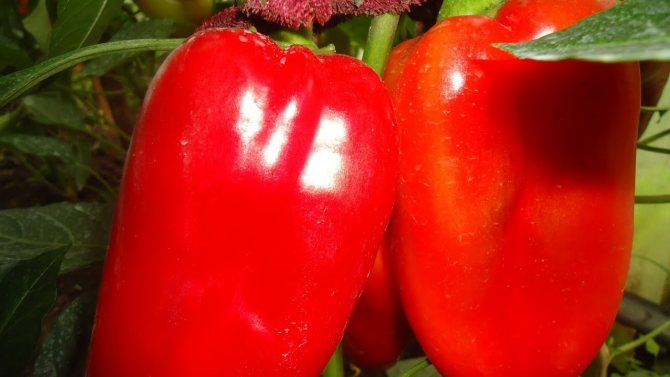
In good conditions, the variety is able to grow the second part of the crop of the same size and taste.
To obtain high-quality seed, it is worth waiting for the onset of biological ripeness, when the surface of the peppers acquires a rich red hue. Roughly this period falls on the 145-160 day of the growing season.
Light green peppers can be stored at 2 ° C for up to 60 days. The red fruits of the Bogatyr should be eaten or processed immediately after collection.
Growing features
The Bogatyr pepper variety has a long fruiting period, therefore it is grown by the seedling method. The seeds can be purchased from a garden store or harvested by yourself.
Before sowing, the seeds must be sorted, large and whole must be selected. Then they are poured with salty solution. To do this, dissolve 40 g of table salt in 1 liter of water and drop the selected seeds into it. Mix everything thoroughly. The seed that can be used to grow seedlings will sink to the bottom. Those seeds that float up are unsuitable for further use.
Good seeds are washed under warm running water and disinfected in a weak solution of potassium permanganate. Then they need to germinate. For this, the seed is spread out on a damp cotton cloth so that the seeds are in the middle. That is, the fabric is folded in several layers above and below the seeds. This process takes about a week. All this time, it is necessary to ensure that the fabric is always moist, and the temperature in the room is sufficiently warm.
After the seeds germinate, they can be planted in containers with soil.
Pepper is afraid of fungus, so the soil must be disinfected before planting. Seeds are spread on the ground with a distance of 2 cm from each other and sprinkled on top with a layer of soil no more than 1 cm.
Next, the planting is covered with film or glass and kept in a warm room. The shelter can be removed when the first shoots hatch on the surface of the earth. At the same time, containers with seedlings are transferred to a well-lit place and the air temperature in the room is maintained at least 17 degrees.
In about a month, each seedling will have 3-4 true leaves and a well-developed root system. Then the seedlings can be dived. To do this, use plastic or peat cups.
Important! During the picking process, it is very important not to damage the root system of the seedling, otherwise it will hurt for a long time. In addition, it should not be deeply deepened into the ground.
To form a strong root, the seedlings must be pinched.To do this, use a scalpel or sharp scissors, they cut off a part of the sprout at the fifth internode.
Advice! To prevent the seedlings from overgrowing, do not place them in bright sun. Better to do a little shading.
During the growth of seedlings, it is fed 2 times:
- For the first time 2 weeks after seed germination.
- The second time is 2 weeks after the first feeding.
Pepper loves nitrogen fertilizers, so it can be fed 2 times a month with chicken droppings diluted with water in a ratio of 1 to 10 or 1 tbsp. a spoonful of urea (carbomide) per 10 liters of water.
Advice! Monitor the temperature in the room, if it drops below 13 degrees, the seedlings will stop growing.
The seedlings are transferred to a permanent place in the ground when they are 60-75 days old. Seedlings are hardened 2-3 weeks before transplanting. To do this, they are taken out into the fresh air, gradually increasing the time from 30 minutes to a day.
It is recommended to plant seedlings in a permanent place according to the scheme: 30-40 cm between the bushes and 50 cm in the aisle. Some gardeners advise planting two seedlings in one hole. As nutrients, add 1-2 tbsp to each well. tablespoons of fertilizer containing nitrogen, phosphorus and potassium (superphosphate).
If the pepper is planned to be grown in the open field, then the seedlings are transferred when the air temperature does not drop below 15 degrees and there is a risk of night frosts for minutes.
Read in another article: When and how to plant peppers for seedlings: planting seeds, timing of the rule, preparation of seeds and soil, rules of care
You will be interested in: Secrets of growing bell peppers in a polycarbonate greenhouse and outdoors from seeds and seedlings
Care rules
The description and characteristics of the Bogatyr sweet pepper variety indicate that this variety needs careful watering. It should be carried out with warm water (24 ° C) at intervals of 4 days and only in the morning. This will allow moisture to be stored in the ground rather than evaporating when exposed to the sun. In order to reduce the risk of crusting on the surface of the earth, you need to follow 1 rule. Water only on 1 side of the bush, and loosening on the other side. The reverse procedure is carried out after 4 days. This condition is necessary for the root system to develop evenly.
Top dressing is carried out three times during the entire growing season.
- 14 days after transplanting to a permanent place. It is necessary to dilute 5 mg of a superphosphate agent and 10 g of urea in 10 liters of warm water. At least 1 liter of liquid is poured into each bush. This will help the plant grow faster.
- At the time of the formation of the ovaries. In 5 liters of water, you need to dilute 10 mg of potassium and 20 mg of superphosphate. Pour 1 liter of solution under the root of the bush again. This procedure is necessary for the uniform formation of ovaries and buds.
- During fruiting. For 5 liters of water, there should be 20 mg of potassium and 20 mg of superphosphate. Again, 1 liter of solution is poured into the root system. This will allow the fruit to be juicy and sweet in the end.
Do not forget to prune side shoots every 10 days, as their presence significantly reduces the level of yield. It is also important to note the mandatory presence of a garter to the support. Otherwise, the bushes may break.
Application and useful properties
It is best to use fresh pepper, since after heat treatment it loses more than half of its useful composition.
Pepper fruits contain a large amount of ascorbic acid, folic acid, B vitamins and antioxidants. The fiber in pepper helps to stimulate the gastrointestinal tract. Rutin lowers blood pressure, normalizes blood circulation.
Pepper varieties Bogatyr are recommended to be consumed with diabetes mellitus and weakened immunity.
In addition, these vegetables improve the condition of the hair, making it silky.
Watch the video! Pepper Bogatyr
Testimonials
Gardeners' reviews about Bogatyr are not always unambiguous. This is due to the fact that different plants grow from the seeds of this variety from different producers.
Alla, Tula: “A couple of years ago, Bogatyr was planted. I liked the variety. The peppers are large and conical, as in the photo. The taste is sweet, the walls are thick. Suitable for freezing, cooking lecho and fresh consumption. Last year I bought a change of the same variety, but from a different company. The peppers were not so tasty, with sourness and not very thick walls, they were no longer suitable for lecho. Now I will look for the Bogatyr whom I liked. "
Igor, Izhevsk: “Very tasty and beautiful pepper. It is not afraid of cold snaps and requires a minimum of maintenance. I didn't even stepchild him. The harvest is still excellent. "
Seed preparation
The growing season for the Bogatyr variety is long. Fruits can be removed until frost.
Peppers are grown in seedlings. In order for the seeds to sprout together, their shelf life should not exceed 3 years.
Before sowing, the seeds are prepared in this way:
- Planting material is sorted by separating small or damaged seeds. Next, a saline solution is prepared by mixing 40 g of salt with 1 liter of water. The seeds are placed in liquid, mixed well and left for 30 minutes. The floating specimens are thrown away, and the raw materials suitable for sowing are washed with water.
- For disinfection, the selected seeds are placed in a light pink solution of potassium permanganate for 30-40 minutes. Then they are washed and dried.
- The seeds are treated with a growth stimulant:
- Epin;
Kornevin;
- or Zircon.
- Seeds can be germinated even before sowing in the ground. To do this, put them in a gauze bag and moisten well with water. The seeds are left in a warm place for a week. They are sprayed with warm water every 2 days.
The inoculum is kept in the prepared solution for 2-4 hours. This procedure accelerates germination, promotes the formation of strong roots, and improves immunity.
Origin of culture
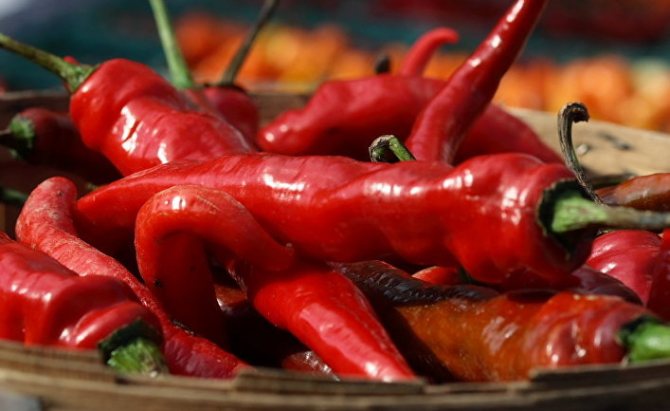

Photo: the ancestor of Bogatyr, like all other forms of sweet paprika, was bitter pepper. Photo: cdn2.img. Bogatyr belongs to varieties of large-fruited thick-walled sweet pepper of medium late ripening. It was brought out in 1986 by agricultural scientists from the Moldavian Research Institute of Irrigated Agriculture and Vegetable Growing (now the Transnistrian Research Institute of Agriculture). They did this by dusting the knotted bitter pepper with the combined pollen of the cultivated forms of paprika.
In 1994, the crop was adapted for cultivation in the Russian climate. This was done by the employees of Agrofirma-Poisk LLC (Moscow region).
In 1996, Bogatyr sweet pepper passed tests and was registered in the Russian State Register of Breeding Achievements. At the same time, the Agrofirma-Poisk company became the originator of the form.
Officially, the variety is zoned in the following regions of the Russian Federation:
- North Caucasian;
- Nizhnevolzhsky;
- Central Black Earth.
In these areas, Bogatyr can be grown in open ground conditions. In other regions of Russia, the variety is cultivated in greenhouses.
Open ground transplant
When the seedlings reach a height of 25 cm and the formation of 7 - 8 leaves, it is time to transplant it to the garden bed. For the Bogatyr variety, loamy or sandy loam soil and an average daily temperature of 15 ° C are ideal. Cabbage, pumpkin, cucumber, legumes, and carrots are ideal precursors for peppers.
Before planting, the soil must be prepared in advance. To do this, it must be dug deep, composted and leveled. Further, pits are made at a distance of 15 cm from each other. The distance between the ridges should be 50 cm. The plant is moved into the holes along with clods of earth. Each hole is covered with earth by half, well watered and covered completely.
Advantages of the Bogatyr variety
- Generous yield.
- Beautiful fruit shape.
- Simultaneous seed germination.
- Simultaneous ripeness and fruit yield.
- Disease resistance.
- Resistant to temperature extremes.
- Fruiting begins in August and lasts until the very frost.
- The variety is cultivated in open and closed ground.
- Pepper seedlings are resistant to light frost.
- The fruits are extremely rich in vitamin C and trace elements.
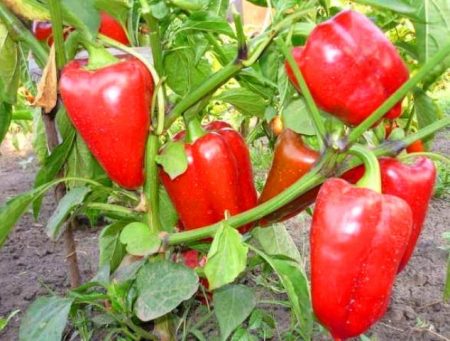

Seedling picking
When the seedlings have grown enough, and 2 full-fledged leaves have appeared on it, this is a sign that it is necessary to dive pepper... It is not necessary to dive the plants if the seeds germinated one at a time in glasses.
In order to carry out the procedure correctly, you need to prepare for it in advance:
- if you sowed in a special recommended mixture, then you can use it for further planting of the dived seedlings, if you sowed in ordinary garden soil, then after the dive it is necessary to plant the seedlings in the prepared nutrient mixture, the composition of which is given above in the text;
- buy or make your own cups for planting seedlings;
- 3 hours before the planned transplant, it is recommended to water the seedlings well, so that it is easier to destroy the earthen lump and release the root without damaging it;
- prepare a peg or spatula.
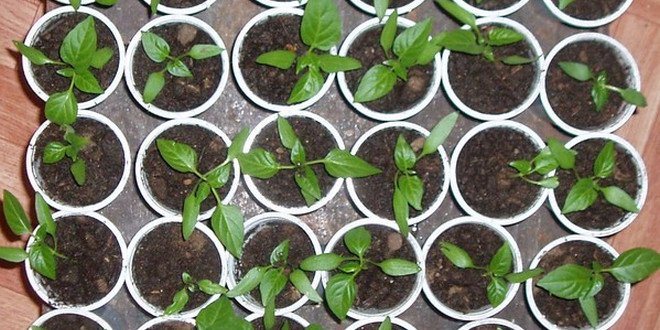

After preparation, you can proceed to dive the pepper:
- fill the glass ¾ with earth, compact a little and make a small depression, water;
- free the seedlings from the earthy clod and pinch off a little of the lateral roots so that the pepper can better take in additional roots;
- plant in a recess so that the roots look down and are evenly spaced in the hole;
- sprinkle with earth and squeeze with your fingers around the plant;
- pour with room water, to which add any biostimulant;
- dived seedlings must be placed in a warm, slightly dark place for 2 days.

